With the help of fittings, you can make things or accessories original. There is also a downside to such experiments: incorrectly selected items can spoil the appearance and negatively affect the image.
What is fittings
Sewing accessories are a long list of items that are used in sewing, repairing clothes, accessories and shoes as auxiliary or decorative materials. Accessories make it easier to use items in everyday life, for example, like a zipper on a jacket. In a similar way, it works in the aesthetic direction, helping to make clothes fashionable and original.

History of appearance
The history of sewing clothes begins about 20 thousand years ago. Accessories appeared when people considered it necessary to cover and protect their bodies with clothes. Plant fibers were used as threads. All this was necessary to fasten several pieces of material into a single garment that would cover the body. Initially, the skins of killed animals or dense plant leaves were pierced and sewn together with sharp thin stones or the bones of large fish.
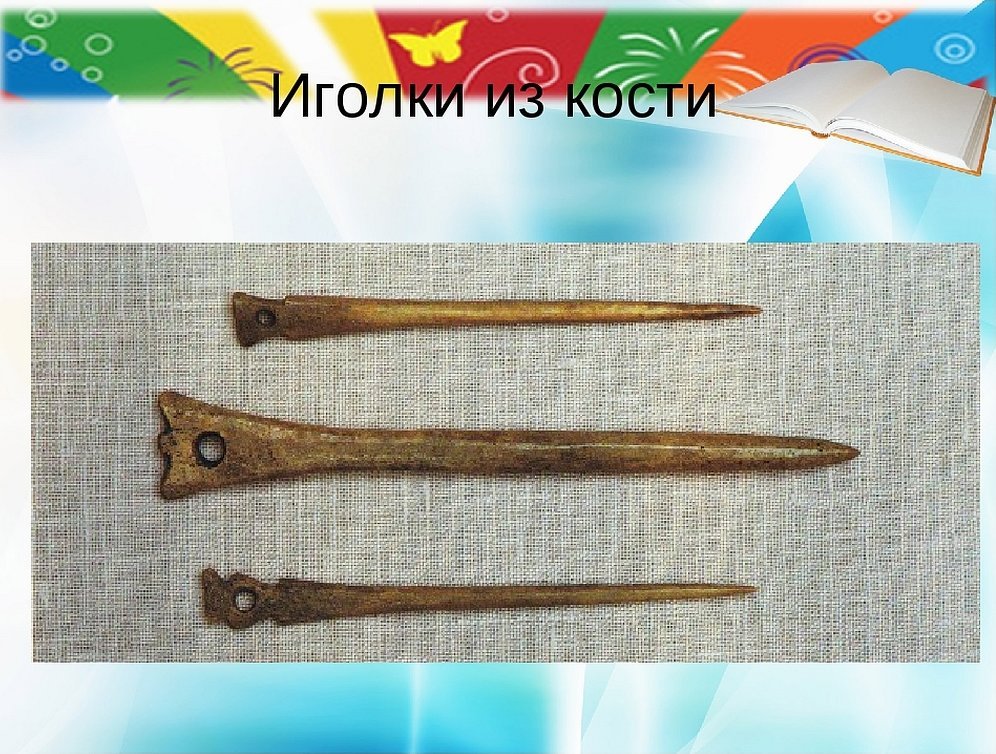
Later, iron needles were invented. The oldest of these needles were found in Manching (Spain) and Bavaria, they were made around the 3rd century BC. Iron needles found in Ancient Egypt are almost identical to modern ones and date back to the 5th century BC. In 1370, Damascus steel was invented in Europe, and workshops and factories for the production of sewing accessories were opened.
For your information! Buttons appeared at the same time as clothing, and the most ancient ones were found in India near the Indus River, the find dates back to the 3rd century BC.
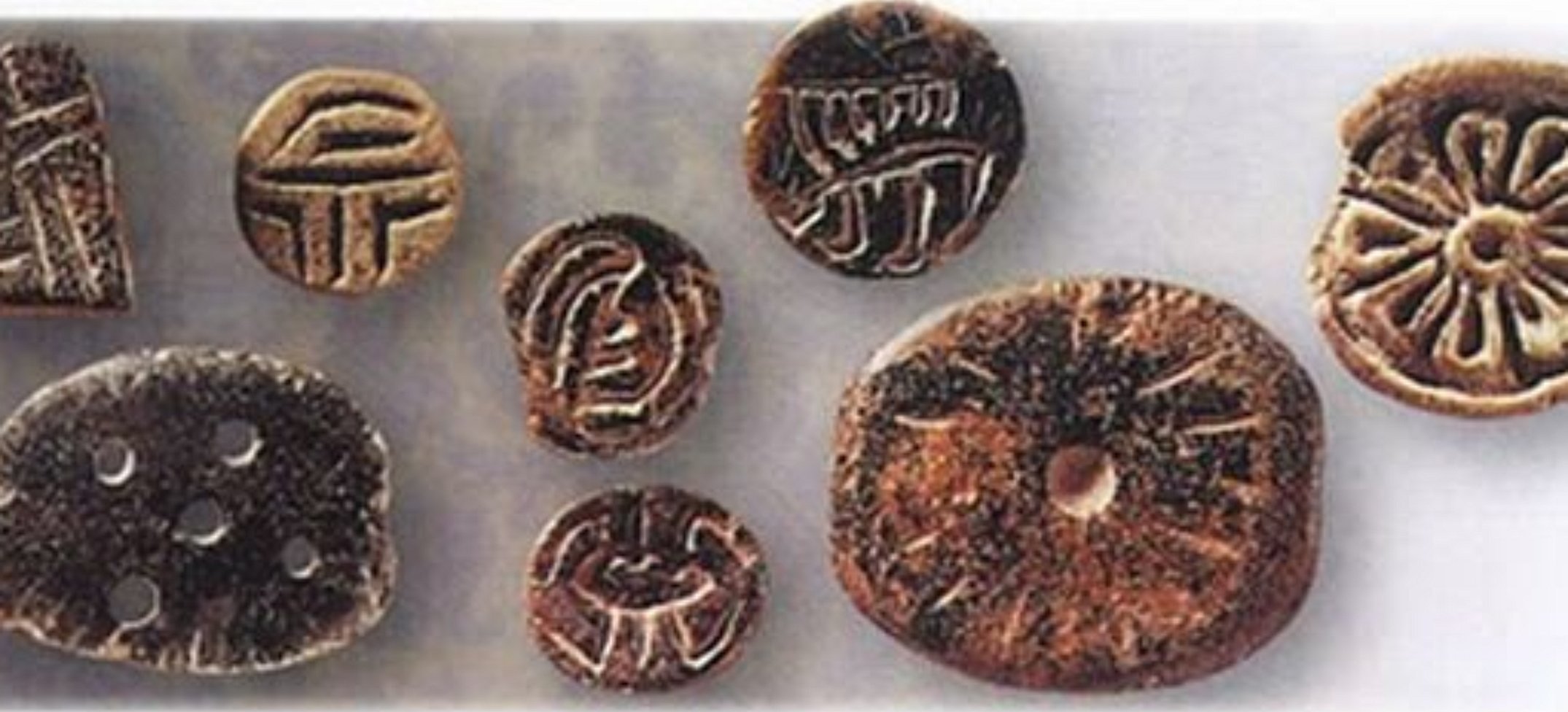
These buttons were made from animal bones and had a round shape. Buttons came to Europe only in the 8th century AD, before that Europeans fastened their clothes with safety pins. The revolutionary popularity of buttons was dictated by the impracticality of safety pins, because they could come undone and injure the skin if moved carelessly. The material from which buttons were made spoke of a person's status and position in society.
Interesting! The most expensive items were made of precious metals, animal horns, mother-of-pearl and glass. Cheaper ones were made of wood and copper.
At the end of the 15th century, Leonardo da Vinci proposed the world a design for the first sewing machine, but it remained unimplemented. Hand sewing machines went on sale about 250 years ago, and the legendary Singer machine was first released in the United States in 1851.
Types of sewing accessories
Fabric and sewing accessories are divided into three main types according to the method of use:
- Main
- Functional
- Decorative
Basic accessories are used directly for sewing. They include machine and hand sewing needles, scissors, sewing machine parts (feet, bobbins, caps).
Important! Functional fittings are those products that simplify the use of clothing items or accessories, i.e. fasteners, adhesive materials, buttons, zippers, fasteners, snaps.
Decorative fittings are designed to embellish or complement an image. They include: lace, ribbons, tapes, rhinestones, beads, sequins, sewn-on decorations, decorative buttons, buckles, and iron-on stickers.
Please note! Fittings of this type must match the style and cut of the product.
There are fittings that are both decorative and functional. For example, skillfully made buttons that not only affect functionality but also decorate the look.
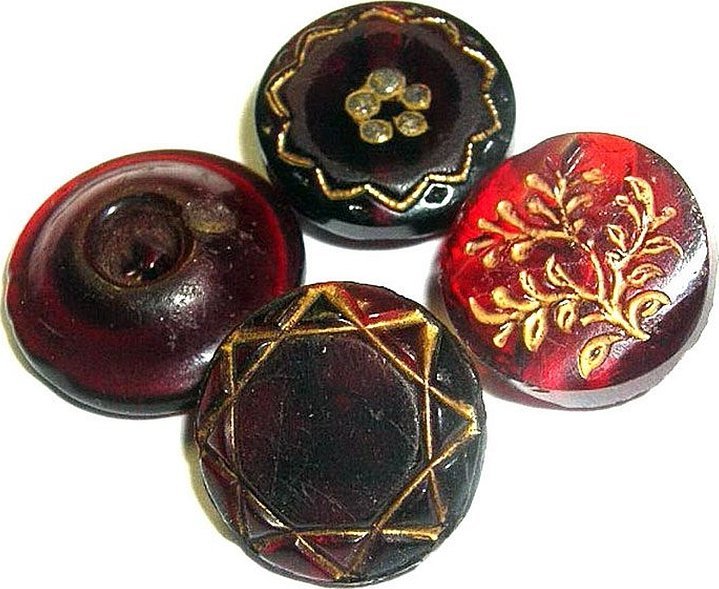
Before you start choosing fittings, you need to decide on the style of the product and know exactly what you need to find.
Sewing accessories are divided according to the type of material they are made from:
- Wooden;
- Metal;
- Fabric;
- Plastic;
- Paper.
Sewing accessories and fittings are divided into types based on their purpose:
- Fastening. It is applied to an object and increases its functionality (buttons, fasteners, hooks, zippers, sliders, locks, snaps).
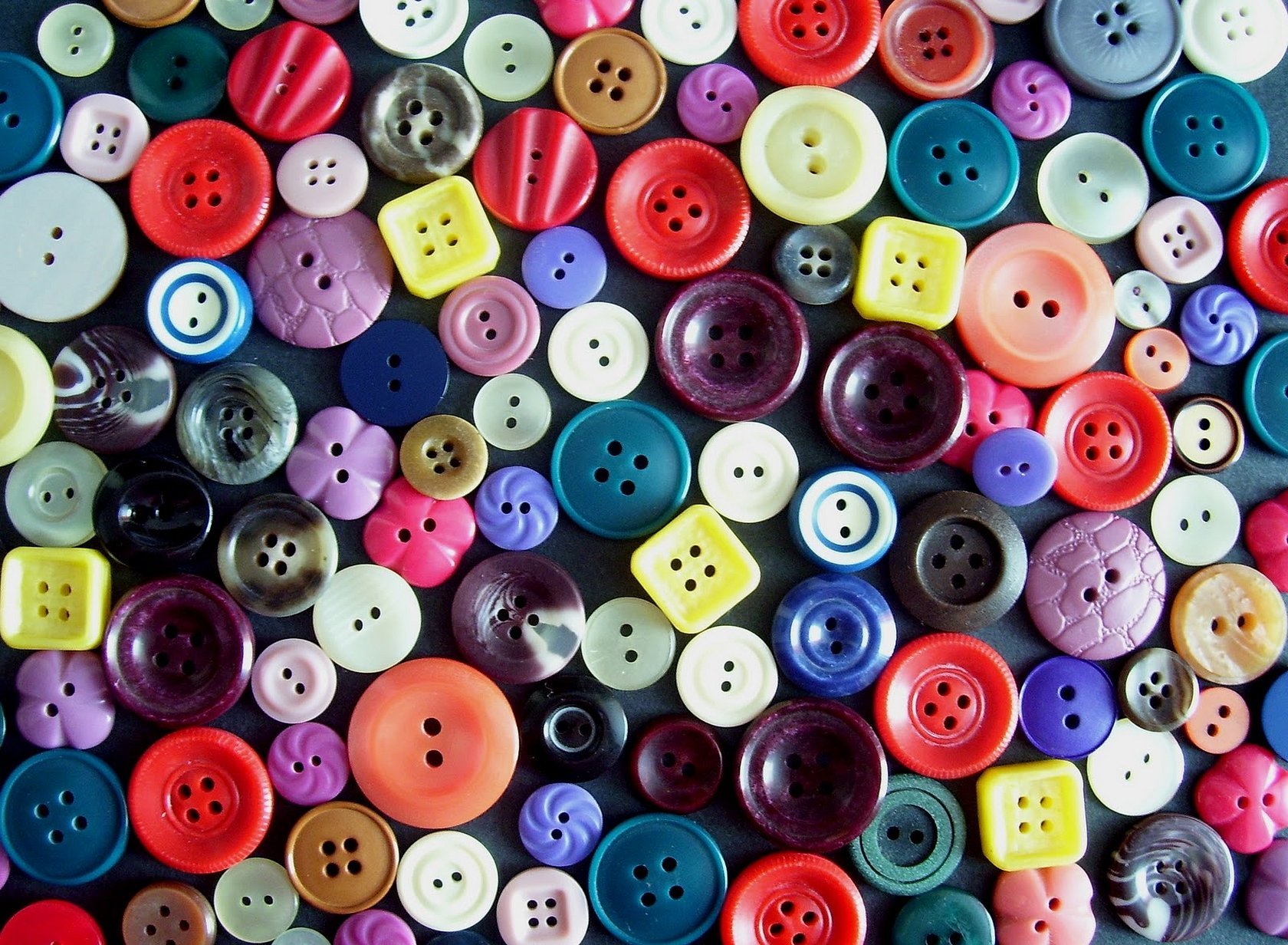
- Lingerie. It has the same purpose as fastening, but is smaller. It is used for making underwear.
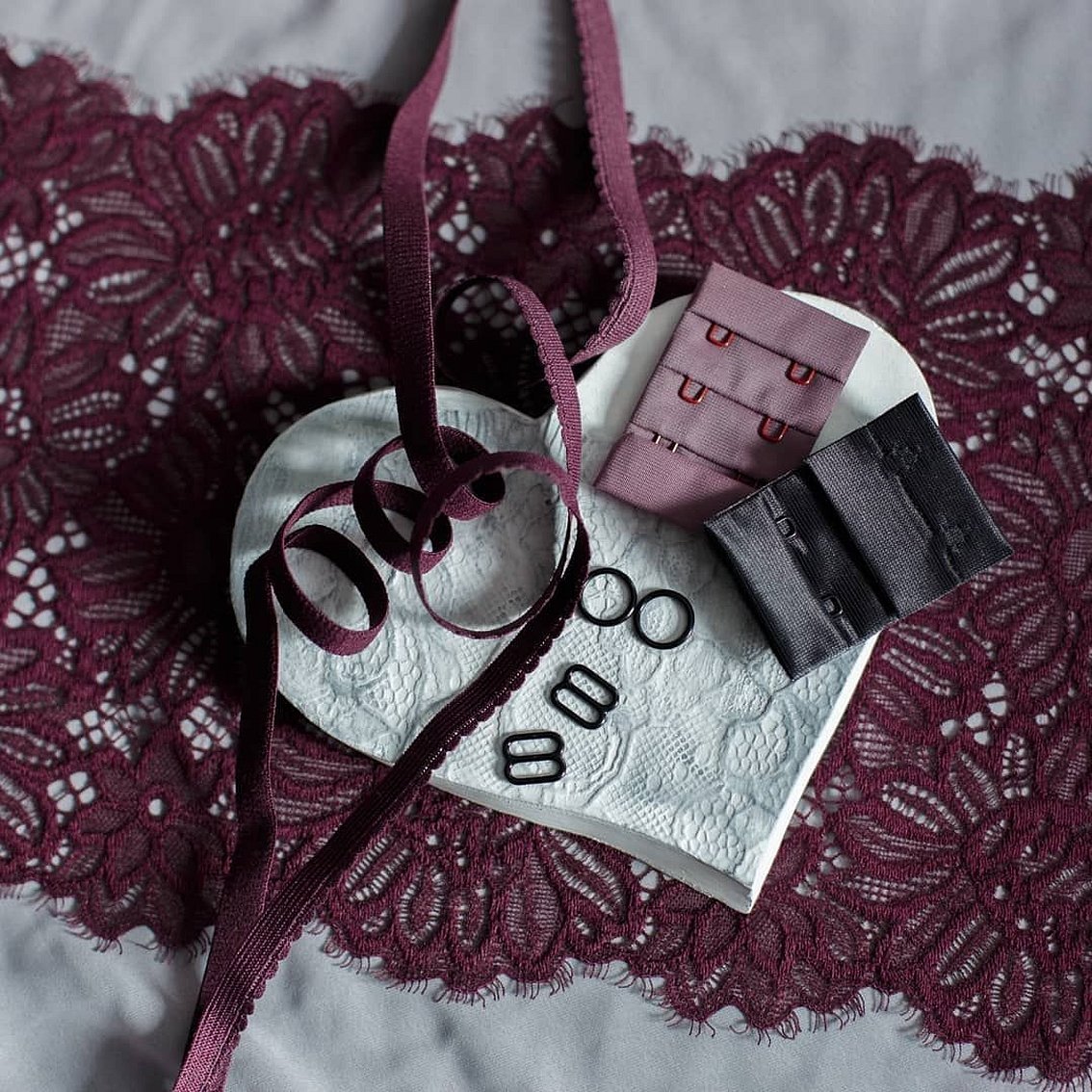
- Curtain. Directly related to curtains, tulle, drapes and curtains of any kind. Curtain fittings include ribbons, tapes, hooks, clips, Velcro, hangers. It is distinguished by its high durability.
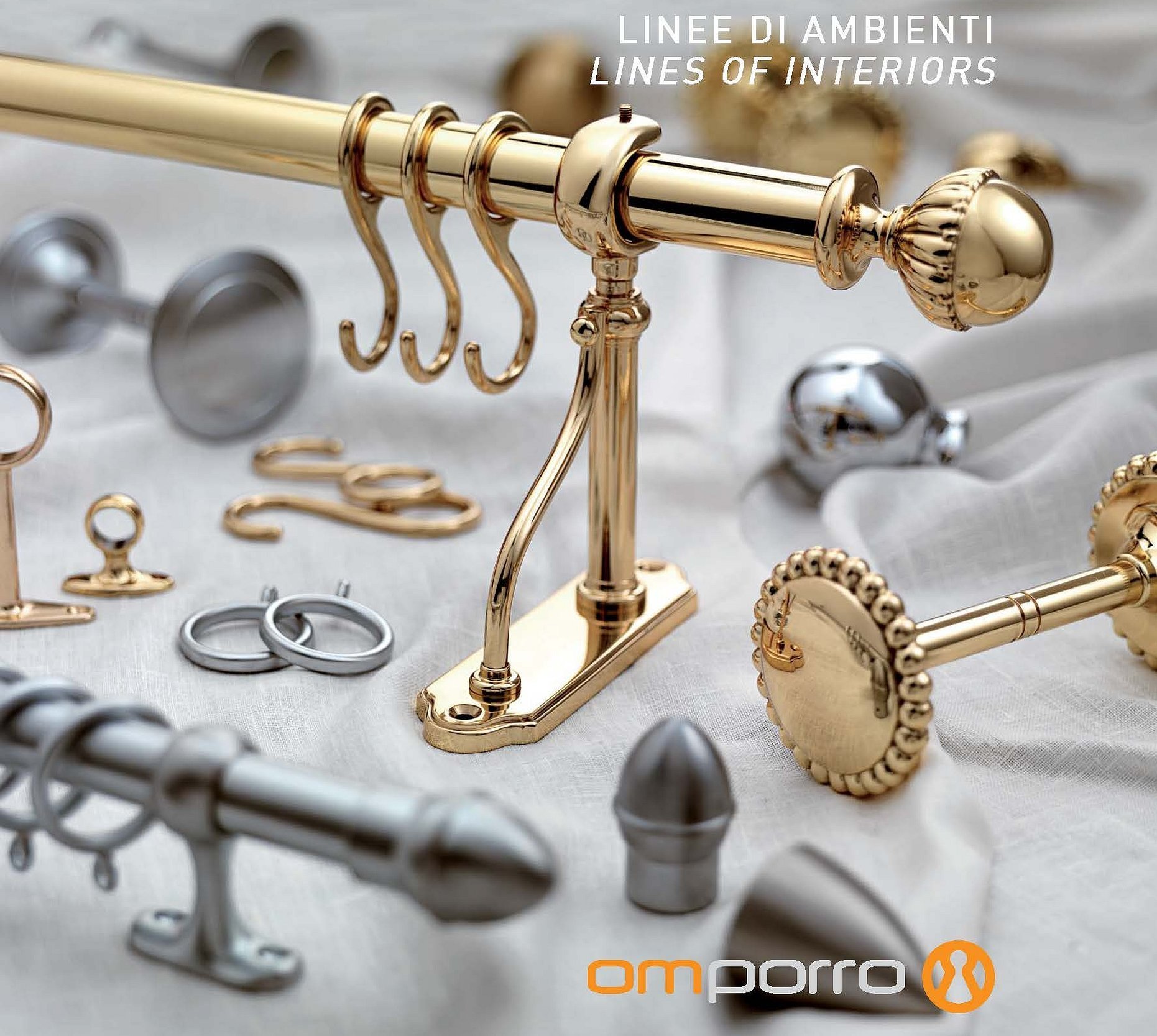
- For making clothes. Pins, needles, crochet hooks, scissors, etc.

- Decorative. It is made from a huge number of materials and serves exclusively for decoration. Such products include: sequins, rhinestones, beads, stickers, beads, ribbons, decorative stones, chains, etc.
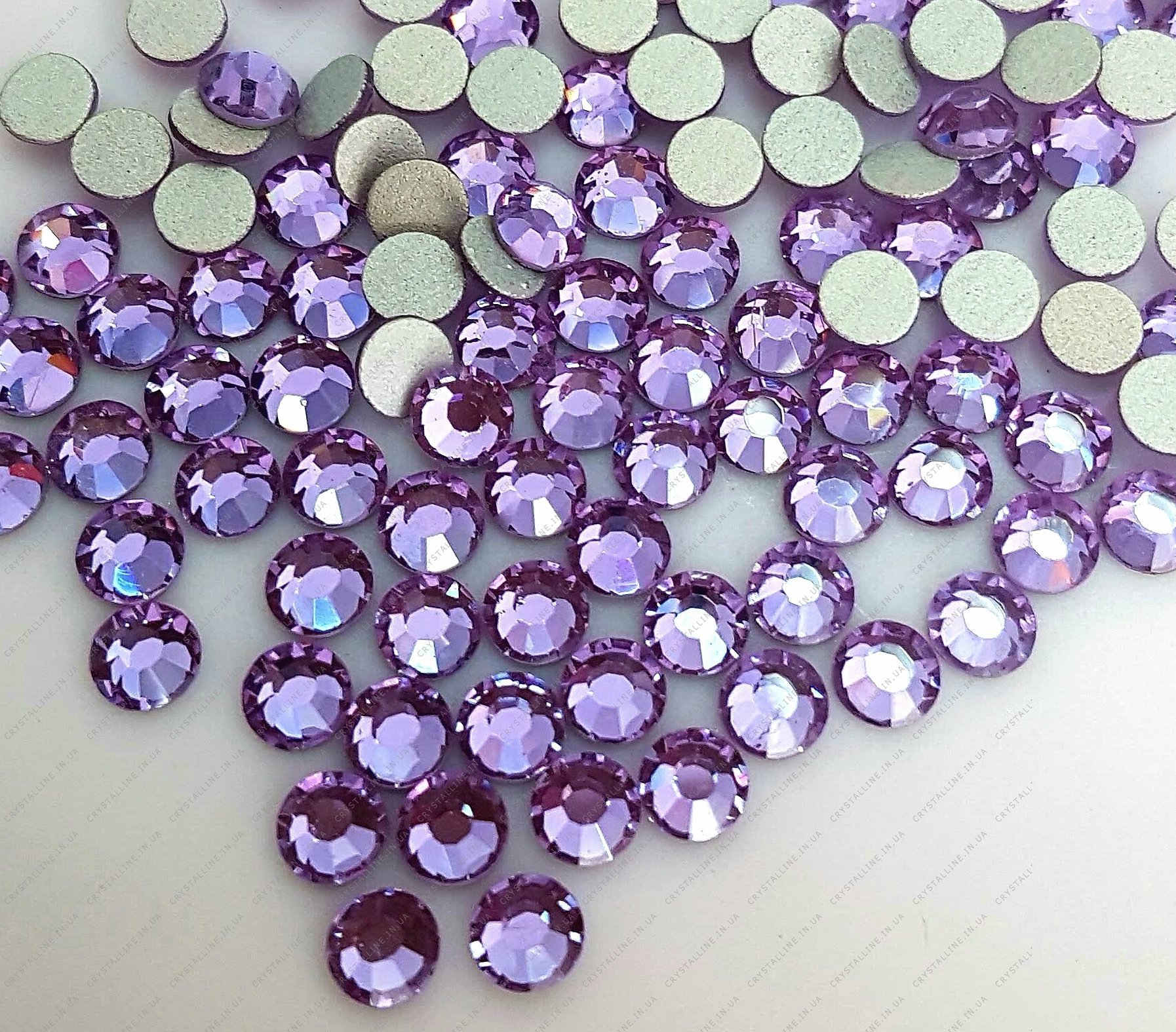
Sewing accessories for professionals
This list will include items that simplify the sewing process and help in the craft.
Dressmaker's scissors should be sharp not only on the blades, but also on the tips, so that it is possible to cut pockets, collars and make notches. Such scissors have different sizes and must be used strictly for their intended purpose, so that they last longer.
Attention! There are different types of feet for sewing machines, and each type has its own purpose.
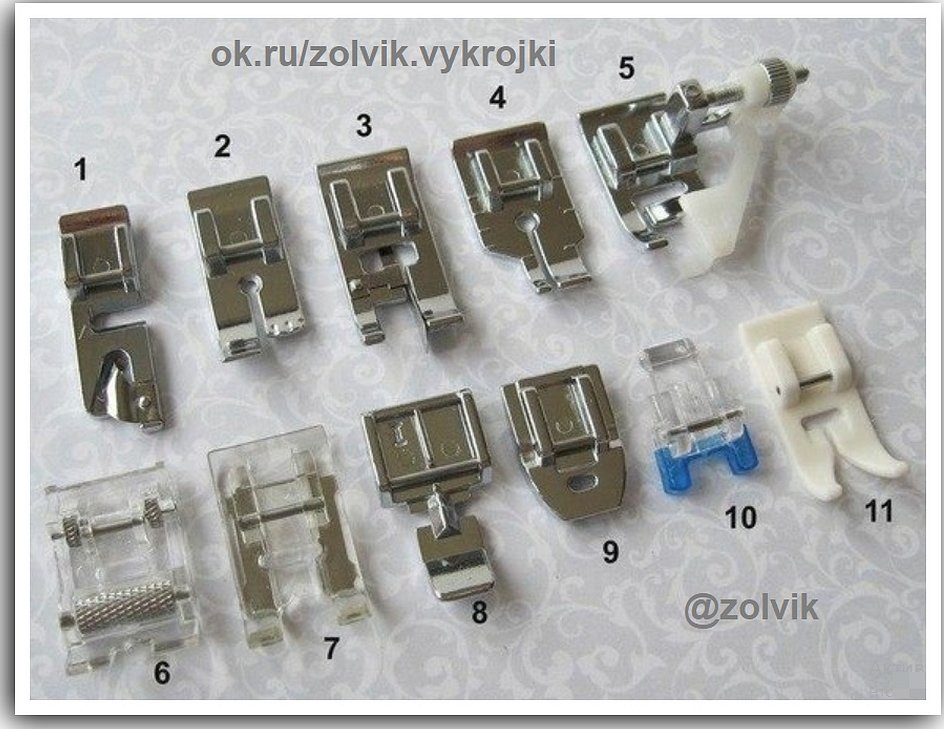
For example, it is difficult to sew leather if the machine is equipped with a regular fabric foot. To work with such a complex material, you need a special foot that does not slide, but moves along the fabric thanks to small built-in wheels. As a result, the fabric does not shift or wrinkle.
Sewing machine needles are selected based on the material the sewing machine operator is working with.
Important! The main principle for selecting a needle: the thinner the fabric fibers, the thinner and sharper the needle should be.
Twin or triple sewing machine needles allow you to make decorative and finishing stitches.
Tailor's pins should be selected according to the same principle as sewing machine needles. For delicate and thin fabrics, small, thin pins are suitable and vice versa.
Attention! Light bulbs are available in all modern sewing machine models, but you can also buy external additional ones. The light bulbs are universal and fit all machines.
Sewing needles are selected by the needlewoman based on the type of fabric; they can be of different thicknesses and lengths.
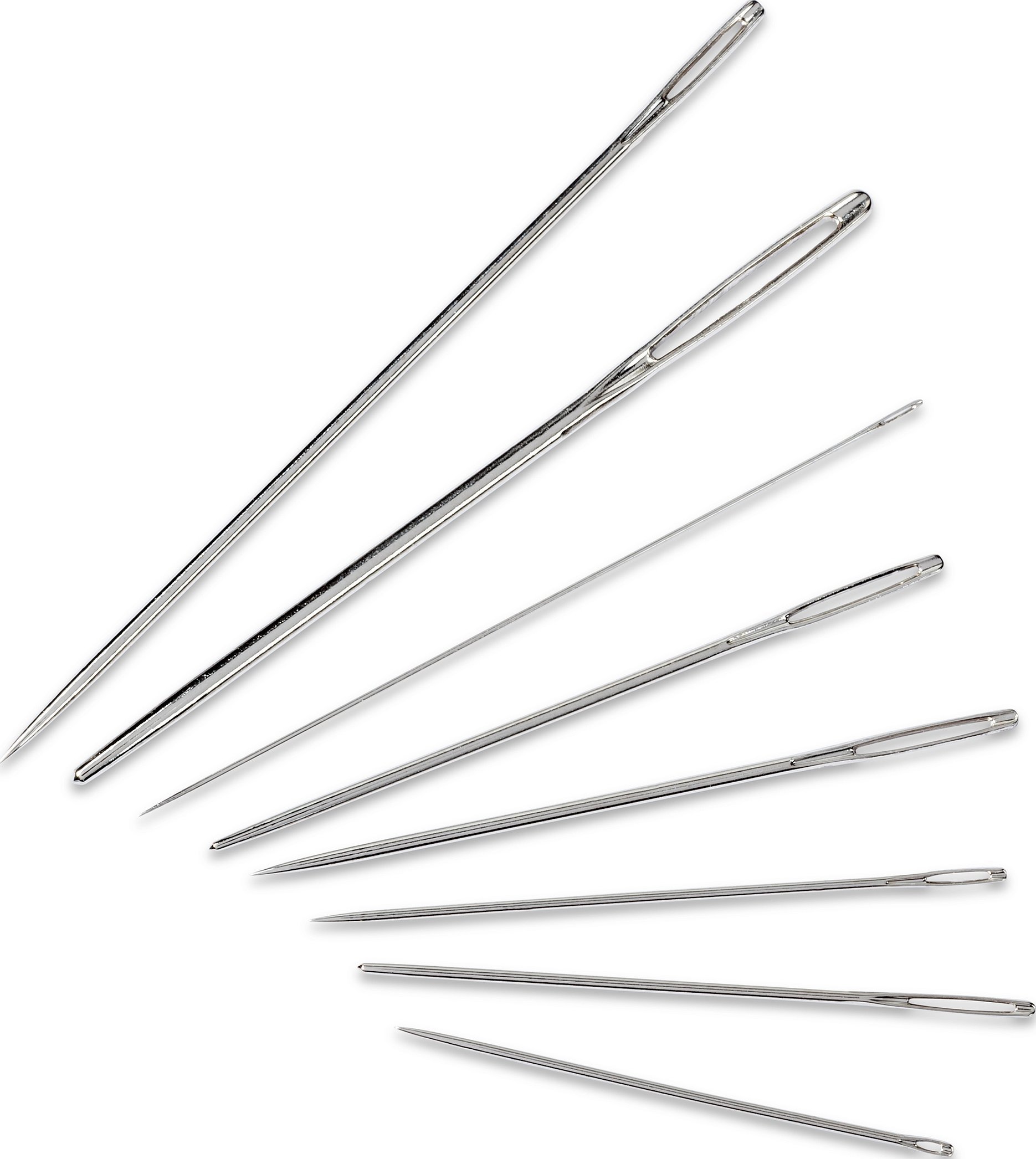
For leather or drape, thick and long needles are used that will not break under pressure. For thin material, it is necessary to stock up on miniature and sharp needles that will not spoil the fabric.
Important! The fabric cutting knife is used to cut large areas. The knife cuts through several layers of fabric thanks to a perfectly sharp disc. The downside is that it is impossible to cut intersecting lines or curved reliefs of the material.
The button sewing foot makes the process of decorating clothes much easier.
Using sewing accessories
With the help of fittings, you can revive an image or give a new life to an old thing. Fittings can be produced both in bulk and be exclusive, the latter will cost more.
With the help of decoration, exclusive images are created. Clothes are repaired with the help of fittings, so the product becomes more durable and strong.
For your information! You can stock up on fabric and sewing accessories both in stores and at markets, where the goods are cheaper. Sewing accessories are also sold online.
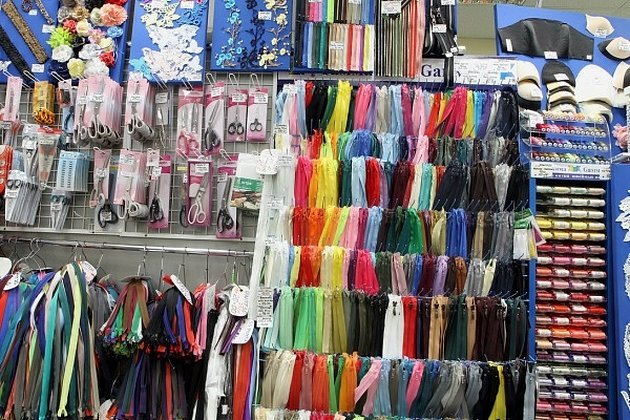
Decorating or sewing a product begins with the main idea, after which a sketch is made, and the master determines how to best play up his creation. Whether it is sewing curtains or decorating a bag with beads, the beginning of the work will invariably be determining the general style of the product and cutting off tools that do not fit into the overall concept.




